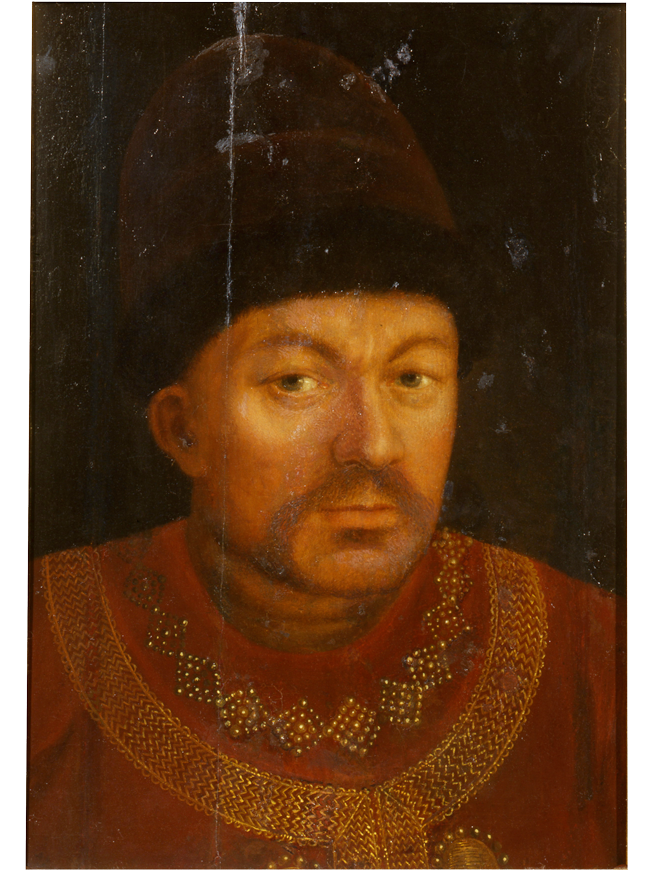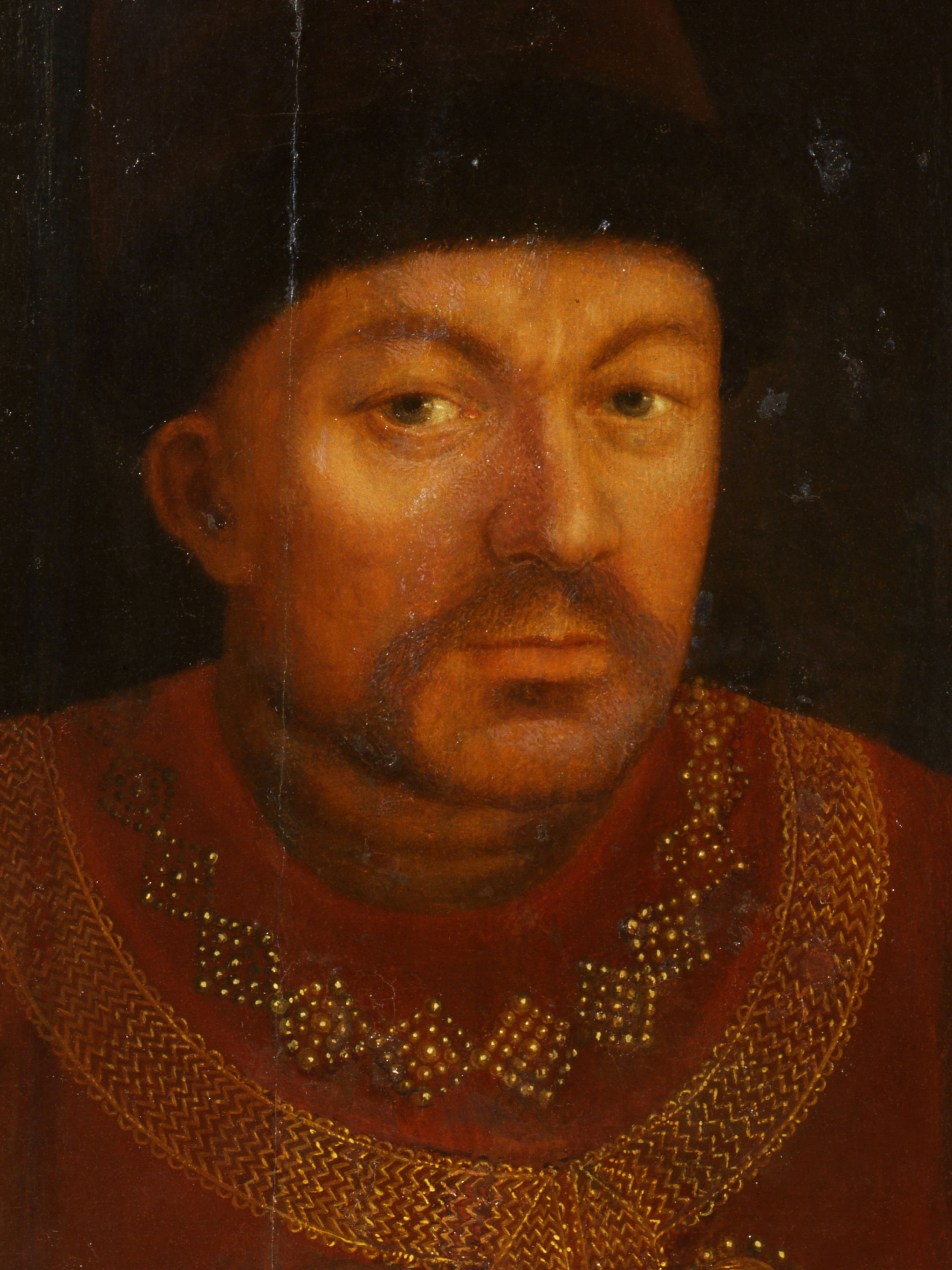Portrait of G.I. Mikulin


The portrait of Grigory Ivanovich Mikulin is the earliest image of a Russian person made from life that has survived till our time. The portrait was made by an unknown artist in London in times when the Russian embassy, headed by G. I. Mikulin, was there.
G.I. Mikulin (?-1608) was a provincial nobleman of the ignoble kind. In 1600–1601 he headed the embassy to England, sent to inform Queen Elizabeth of the ascension to the throne of Tsar Boris Godunov, to understand international situation and try to persuade England to unite against Turkey. Perhaps Tsar Boris Godunov appointed G. Mikulin embassador because of their close acquaintance with each other: in 1671-1672 they both served as ryndas (bodyguards and armor-bearers) to Prince Ivan Ivanovich, son of Ivan the Terrible.
Rich in the events and at the same time typical for its time biography of Grigory Ivanovich Mikulin serves as a vivid reflection of the historical events that took place in Russia at the turn of the XVI - XVII centuries. In 1571-1572 G.I. Mikulin, a provincial nobleman of the ignoble kind and a serving man “in the fatherland,” participated in the campaign against Novgorod in 1591 with other oprichniks and served near Narva with hundreds of Circassians, then continued to serve in the Urals. Due to successful fulfillment of the diplomatic mission to London in 1600-1601 and personal qualities his name became known in diplomatic circles. After Boris Godunov’s death G.I. Mikulin took a side with False Dmitry I. In 1605 he served as a head of streltsy (literally in Russian mean “shooters”, units of Russian guardsmen from the 16th to the early 18th centuries) and carried out punitive actions in Yaroslavl against opposition-minded streltsy, and for that he was granted the rank of Duma nobleman. After the impostor’s murder, he tried to run away to Poland, but was captured. In 1610, Mikulin, together with other supporters of the False Dmitry, swore allegiance to Tsar Vasily Shuisky.
The portrait was bought in London in 1842 by the Consul-General in Genoa I.Y. Smirnov and delivered to State Chancellor Count K.V. Nesselrode, who brought it as a gift to the Archives of the Ministry of Foreign Affairs in 1843. Until 1917 it was a part of the collection of portraits of the Moscow Main Archive of the Ministry of Foreign Affairs. Unfortunately, the portrait lost more than a half of its surface after the restoration work of the XIX century. Thus, most of the image of Mikulin's velvet dress of a red-brown color embroidered on the chest with gold threads and pearls was lost. It is interesting to notice that Mikulin's suit is a home and casual type of clothing. There is no collar which was necessary for an old Russian ceremonial dress, and a hat has no precious decorations. To sum up, the portrait is clearly not representational and made-to-order, and, it can be assumed, that it was made by an artist, attracted by the exotic appearance of the Russian embassador on his own initiative or by private order.

